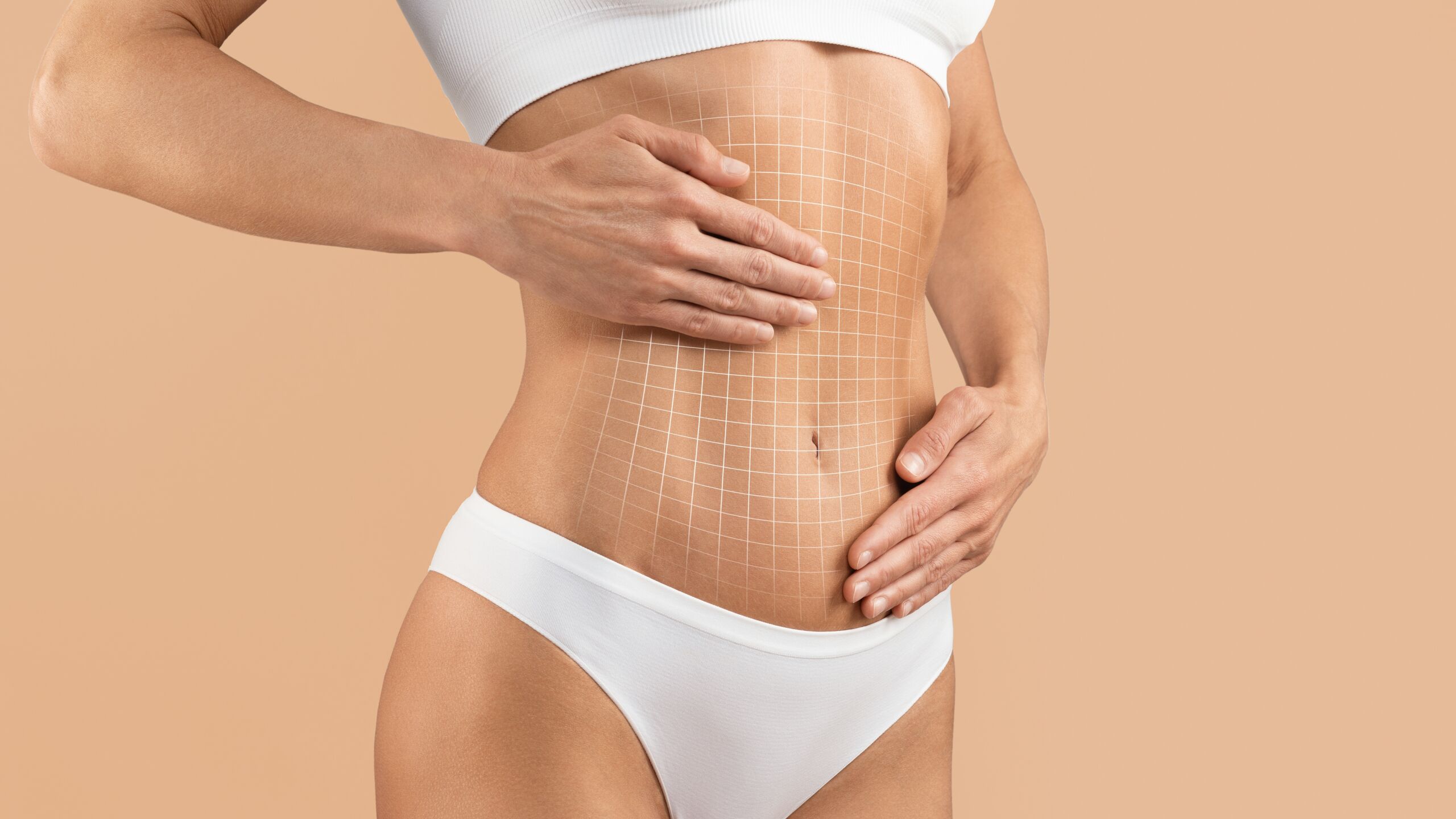WHAT IS A BRAZILIAN BUTT LIFT (BBL)?
A Brazilian Butt Lift, commonly known as a BBL, is a cosmetic surgical procedure designed to enhance the shape and size of the buttocks. It involves liposuction to remove excess fat from areas like the abdomen, thighs, or flanks, and then transferring that harvested fat to the buttocks to create a fuller and more shapely appearance. The procedure is renowned for its ability to provide natural-looking results.
Many people seek BBLs to achieve a more rounded and aesthetically pleasing butt. For example, those who are curvier on top can have a BBLs to help improve the overall balance and proportion of the body by enhancing the buttocks.
Also, because it is a fat transfer, those looking to reduce excess fat in areas like the abdomen, thighs, or flanks can opt for a BBL to both remove unwanted fat and enhance the buttocks.

COMMON REASONS PEOPLE CONSIDER a brazilian butt lifta BBL
WHAT A BUTT LIFT WON’T DO
A BBL is not a weight loss procedure. It is meant for body contouring and enhancing the shape of the buttocks, not for significant weight reduction.
BBLs are not intended to treat or eliminate cellulite. They primarily address the volume and shape of the buttocks. Instead, nonsurgical treatments, like laser resurfacing, can reduce the appearance of cellulite over time.
Also, if you have sagging skin, a BBL may not effectively tighten it. For fixing significant skin laxity, other procedures like a butt lift or a lower body lift may be more appropriate.
PREPARING FOR YOUR BBL IN NASHVILLE
Here are some of the tasks you can expect as you prepare for your BBL surgery:
- Your surgeon will assess your overall health and may require certain medical tests to ensure you’re a suitable candidate for the procedure.
- If you smoke, quit several weeks before surgery, as smoking can affect healing.
- Let your surgeon know about any medications or supplements you’re taking, as you may need to stop taking them before the surgery.
Your surgeon will also provide specific preoperative instructions, including fasting requirements and what to wear on the day of surgery.
For outpatient surgery, arrange for someone to pick you up and drive you home afterward.
BRAZILIAN BUTT LIFT RECOVERY
After the procedure, you’ll need to wear compression garments to minimize swelling and support the newly transferred fat. You’ll be advised to avoid sitting or lying directly on your buttocks for a few weeks to ensure the fat grafts settle properly. Instead, you’ll sit on a special cushion or lie on your side or stomach.
Full recovery can take several months, during which you should avoid strenuous activities and follow your surgeon’s post-operative care instructions.
Dr. Garza, board-certified plastic surgeon, will give you specific instructions post-surgery:
- How to care for the surgical site and any drains
- Medications to apply or take orally to aid healing and reduce the potential for infection
- Specific concerns to look for at the surgical site or in your general health
- When to follow up
He will answer questions such as:
- Will I have dressings/bandages after surgery?
- When will they be removed?
- When will the stitches be removed?
- How will I bathe?
- How long will I wear the pressure garment?
- When can I resume normal activity and exercise?
- When do I return for follow-up care?
BBL TERMS
Board-certified surgeon: A surgeon who has met specific educational and training requirements and is certified by a recognized medical board in plastic surgery.
Compression garments: Specialized clothing worn post-surgery to reduce swelling and promote proper healing.
Fat grafting: The transfer of harvested fat from one part of the body to another, often used in BBL to augment the buttocks.
General anesthesia: Drugs and/or gases used during an operation to relieve pain and alter consciousness.
Hematoma: Blood pooling beneath the skin.
Intravenous sedation: Sedatives administered by injection into a vein to help you relax.
Liposuction: Also called lipoplasty or suction lipectomy, this procedure removes excess fat from specific areas of the body using a suction device.
Local anesthesia: A drug is injected directly to the site of an incision during an operation to relieve pain.
Sutures: Stitches used by surgeons to hold skin and tissue together.




